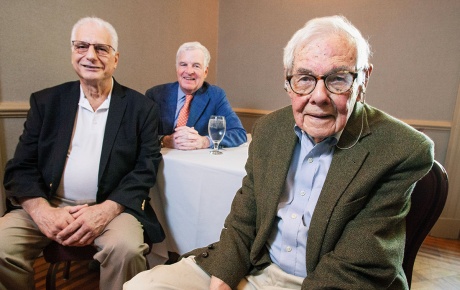Almost a year after President Paxson charged a Sexual Assault Task Force to examine how Brown handles claims of sexual violence, the group issued its final report in early April. Although it recommends twelve specific steps that its members hope will reduce the outrage and distrust surrounding the University’s handling of recent assault cases, the report recognizes the complexity and difficulty of such cases and their resolution.

In addition, students noted that the process of resolving complaints, from filing the initial paperwork to the long wait over the appeal of a University decision, not only did little to aid those devastated by an assault; in some cases it added to the trauma with which a victim was already struggling.
The task force also heard from many students and victim advocates that the punishment for assaulters was too lenient, especially when they were allowed to remain on campus while their appeals were heard.
December’s interim report included some recommendations that have since been implemented. At the heart of the final report’s recommendations is the centralization of all resources and processes relating to sexual assault under a new Title IX office. It will educate the campus on this issue, oversee the administration of the sexual-assault complaint process, and implement the Sexual Assault Task Force recommendations. (Title IX is the federal law that prohibits discrimination based on gender at educational institutions accepting federal funding.) In early April, President Paxson hired Amanda Walsh of Boston’s Victim Rights Law Center to head this new office.
By putting the Title IX officer in charge of all matters relating to sexual assaults, the University hopes it can monitor more closely the frequency of such assaults on campus and communicate more effectively with victims about the progress and disposition of their complaints.
Although campus disciplinary proceedings are not legal cases, the
task force recommends that complainants and responders be allowed to
have legal counsel and will provide a list of pro bono lawyers if
necessary. The task force also recommends mandatory training for
students, staff, and faculty for sexual and gender-based violence.
Most importantly, the final report calls for establishing a unified and
clear anti-harassment policy, as well as a clearly described process
“for the receipt, investigation, and informal and formal resolution of
complaints of conduct.”
“We are under no illusion,” the task force writes, “that adopting … our recommendations will eradicate violence, bias, discrimination, exploitation of privilege, and abuse surrounding sexual and gender-based violence and harassment on the Brown campus.”
Illustration by Tim Cook.




